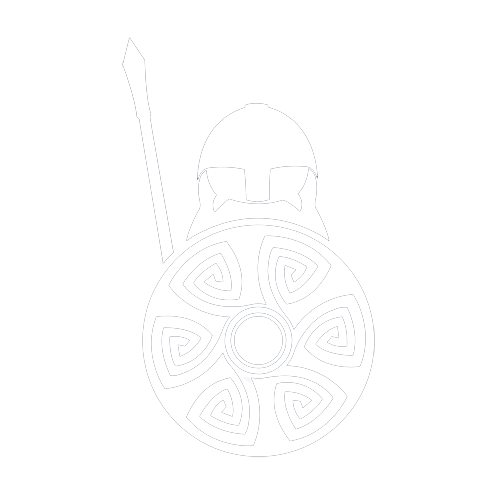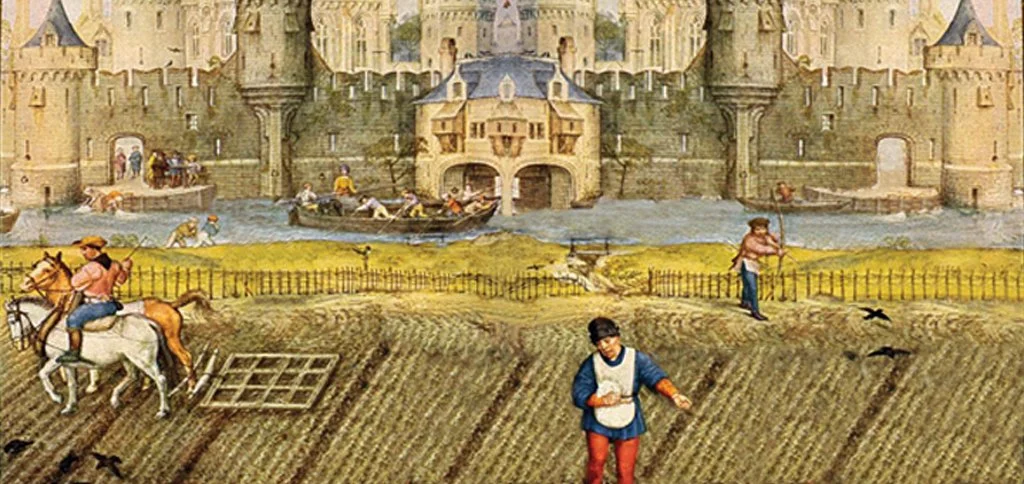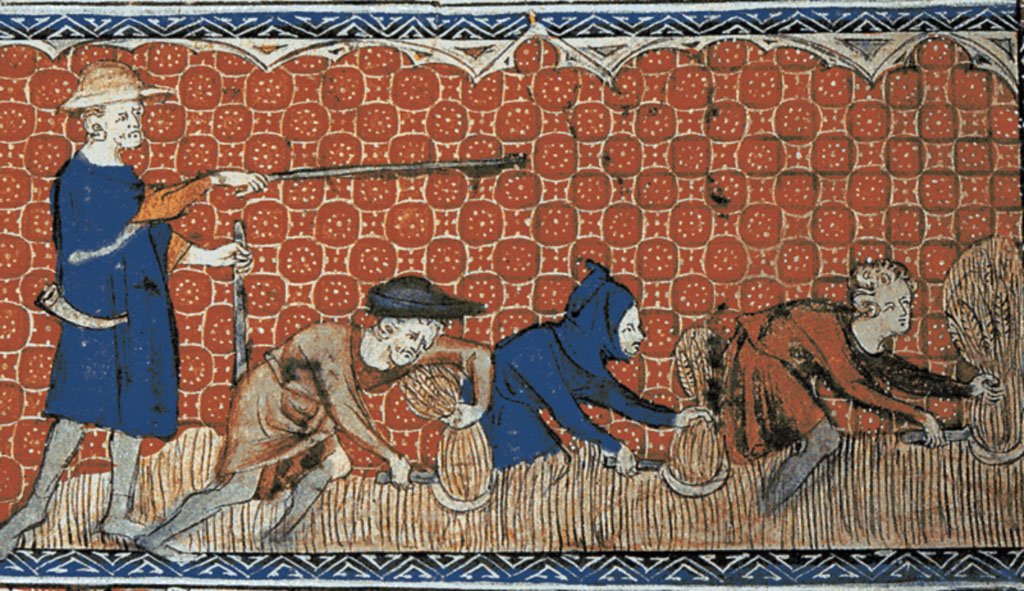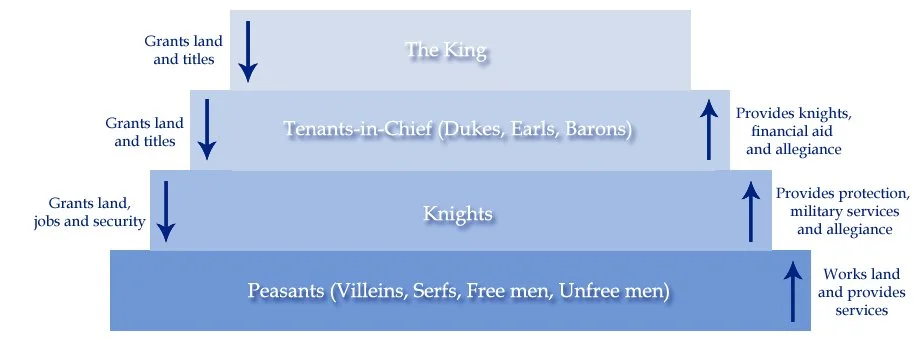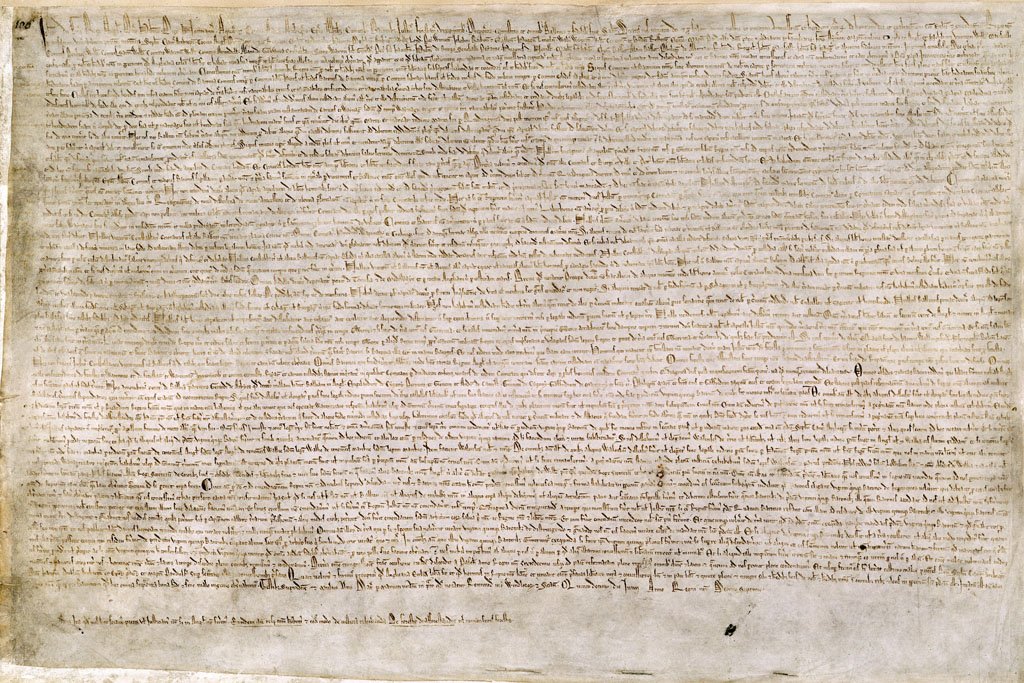What is Feudalism in the Middle Ages
Feudalism in the middle ages was a strict hierarchical system, based on land being exchanged for military service, and allegiance to the king under oath. Medieval Feudalism began first in France around the 9th century. However, before the middle ages, Feudalism in Europe was being used by the Romans to a certain extent.
Feudal System Definition
To define the Feudal system, we need to simplify the term Feudalism as a political, militarist and social system. By definition, it is the granting of lands (a fief), from the Lord to the Vassal, in exchange for allegiance, military services and financial aid. The Lord could be the King, and so the Vassal would be the Baron, for example, which is the highest relationship in the feudal pyramid.
What are Fiefs and Vassals?
Fiefs and Vassals are terms that are commonly associated with Feudalism. Fiefs are a source of income, that is granted to a person of lower status (Vassal), in exchange for services. In Feudalism, the fief is land granted, and all that comes with it (houses, peasants etc). Vassals are the free men who hold a fief given to them by their Lord.
What are Villeins and Serfs?
Villeins and Serfs were Peasants who belong to the Knights in the fourth tier of the Feudal pyramid. Villeins held land given to them by their Lord, the knight, but were not allowed to sell it. Nor could they leave without permission. Serfs did not have any land, instead they worked on their Lord's manor house lands, providing common services.
Free Peasants rented land from their Lord and had freedom to move about. Peasants who were not freemen, were owned by the Lord, and were sold with the land upon which they worked.
What is Feudalism and how did it work?
So what is Feudalism and how did it work? As defined above, Feudalism incorporates a pyramid of social hierarchy, with the King sitting at the top. He would grant his favoured noblemen, the tenants-in-chief (Dukes, Earls and Barons), land which included houses, animals, tools and even peasants. In exchange, the tenants-in-chief would swear an oath of allegiance to the King, along with supplies of soldiers and money. This forms the first and second tiers of the Feudal pyramid.
Each tenant-in-chief would divide up his fief among his knights, in return for loyalty, protection and military services. This forms the third tier of the Feudal pyramid. As part of the agreement, the knights also had to protect their Lord's (the tenants-in-chief 's) manor from attack.
Each knight would keep as much of his fief as he liked, and the rest would be divided up among his villeins and serfs. In exchange, the villeins and serfs would work the land, providing food and services to their Lord, the knight. This forms the fourth tier of the Feudal pyramid.
Feudal Pyramid
Why Feudalism arose in western Europe
Feudalism arose in western Europe because the security of the Roman Empire had collapsed. Individual warlords seized local lands, and there was no way to control all the regions. Feudalism, brought over by the Normans to England, offered a structure that could protect the country while bringing control to each local area. Having each social tier pledging allegiance to their Lord and providing the military, financial and farming services, produced a seemingly orderly platform to govern the country from.
This platform would be able to resist invasion, rebellions and threats to the king. In short, Feudalism developed as a way for medieval societies to protect themselves. A structure that would last for centuries, and form the basis of the social classes seen today.
Feudal Lords
Feudal society relied upon their Feudal Lords for the land they lived and worked on. Each vassal would owe their existence to their Lord, and in return pay them vassalage for the privilege. Feudal Lords could be the King himself, the Barons or the Knights. Any of the top 3 tiers of the Feudal pyramid.
Decline of Feudalism
What caused Feudalism in the middle ages to decline? In the end, Feudalism declined due to four major factors, political changes, war at home and abroad, devastating disease, and social uprising against the state.
Magna Carta
The Magna Carta and Political Movements on the Decline of Feudalism
Different people fitted into different tiers within the Feudal system. The ones at the bottom had the least rights. However, as time moved on, the rights of people began to rise. The Magna Carta was one document that outlined the relationship between the King and his Barons, but would provide a foundation for rights to the ordinary people too. Magna Carta enforced common law onto the King, and would later provide the rights of all free men to own and inherit property, and to be protected from excessive taxes.
Further political movements occurred where ordinary people would be given rights to face trial, and in Edward I's time, these people could even become a member of Parliament. These gains in human rights, however small, would chip away at the very core of Feudalism.
The Hundred Years War on the Decline of Feudalism
When the Hundred Years' War began in 1337, England and France required huge sums of men to fill the military ranks. The knights of the land could only fill the noble positions of cavaliers and men-at-arms. So for positions like archers and spear men, the king had to call upon the Peasants of the manors.
These Peasants had been working the land and providing manorial services to their Lords, and when called up for military service, there were less and less workers to farm the lands. Meanwhile, they were getting trained and improving their social status. With the war continuing on and off for a hundred years, the feudal system was struggling to cope.
The Black Death on the Decline of Feudalism
Not long after the Hundred Years' War started, disease would soon begin to take its toll on Europe's population. The Black Death had begun. In 1348, the Plague had reached London and over the next two years it killed half it's population. The Black Death would creep over the country like a dark blanket of death, wiping out entire towns and causing devastating losses for manors. Some Peasants fled their manor in fear, ignoring the law that kept them there. Feudalism was struck another blow, with fewer and fewer people around to form the strict hierarchy of the system.
Peasant’s Revolt
The Peasant's Revolt on the Decline of Feudalism
Conditions facing the Peasants were still bleak. War and disease was wiping out the European population, and fewer workers were working the lands. When demand for the work remains, and supply of the workers fall, their perceived value rises. However, Knights and Barons did not change working conditions in line with these rises.
The inevitable had to happen, and the Peasant's revolted. Uprisings occurred in the second half of the 14th century, and the famous Peasant's Revolt in 1381 became a major date for the abolishment of Peasantry. King Richard II managed to diffuse the revolt, but would later reinstate serfdom. However, too much had happened, and Peasant's rights would gradually rise to the demise of the Feudal system.
